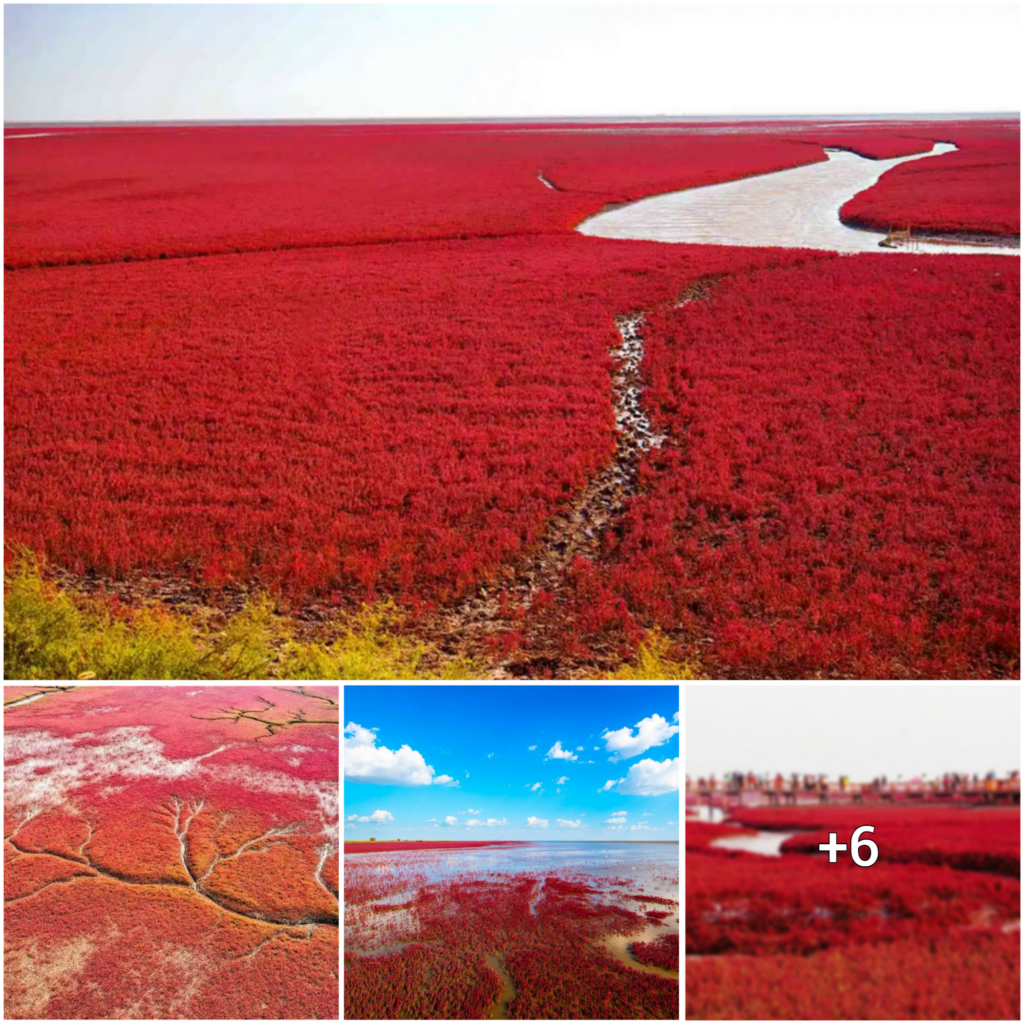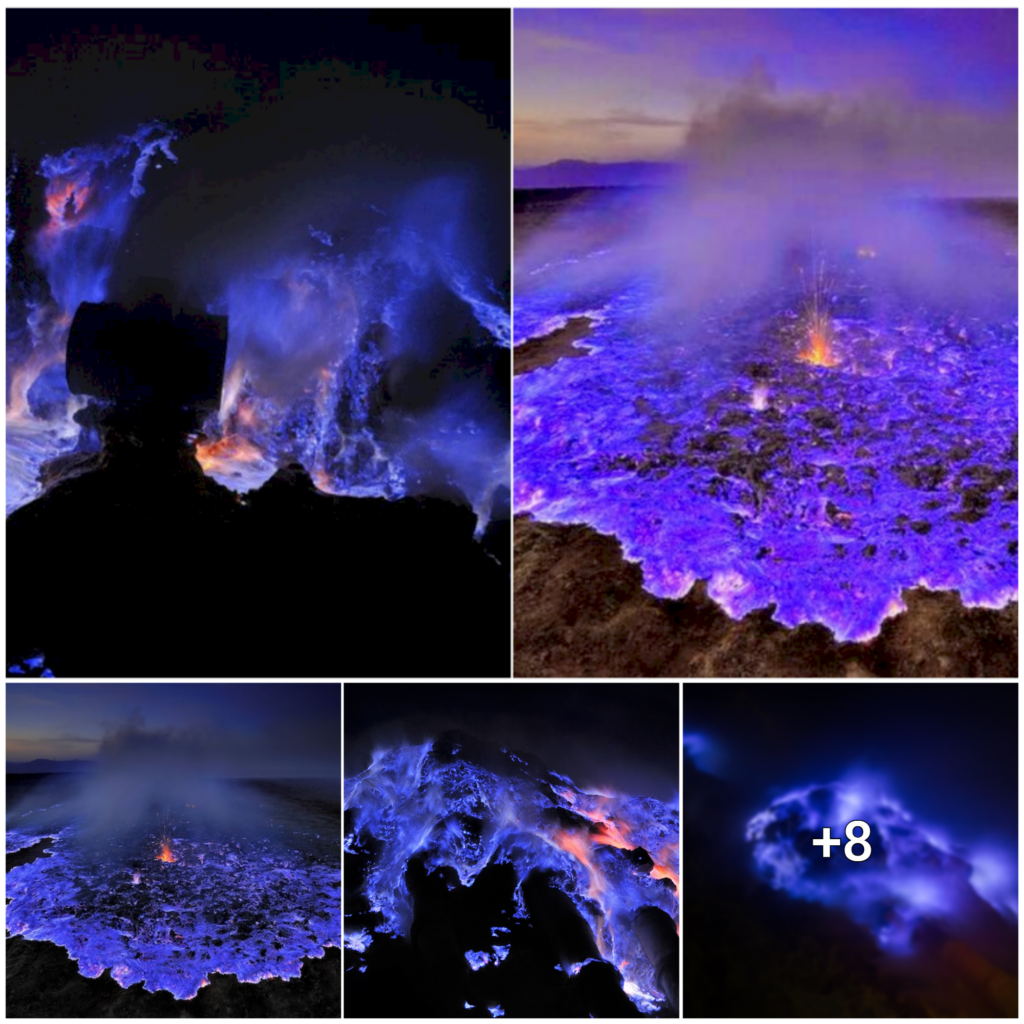The world is full of incredible natural wonders that never cease to amaze us. From majestic mountains to exotic creatures, there are countless marvels that leave us in awe. One such wonder is the Saussurea involucrata flower, a rare and stunning bloom that appears only once every seven years.
Also known as the Snow Lotus or Himalayan Edelweiss, this perennial plant belongs to the Asteraceae family and can be found in the high-altitude regions of the Himalayas. It is native to India, Nepal, Tibet, and Bhutan, and thrives in harsh conditions such as freezing temperatures, rocky terrain, and altitudes ranging from 3,000 to 5,000 meters. Despite its delicate appearance, this flower is incredibly resilient and has adapted to survive in some of the harshest environments on earth.

Saussurea involucrata stands out from other flowers due to its distinctive blooming cycle. While most plants bloom every year or multiple times within a year, this exceptional species follows a unique pattern. It stays dormant for six years, biding its time, until the perfect moment arrives. Then, in the seventh year, it amazes the world with its exquisite and fragile blossoms.

The Saussurea involucrata flower is truly a marvel to witness. Its petals are stunningly intricate, forming a star-shaped display that exudes a shimmering, silvery-white hue. The soft and velvety texture of the petals makes it seem as though they were crafted from fragile snowflakes, giving it an otherworldly feel. The flowers are usually found in bunches, intensifying their visual allure. To complement their beauty, a ring of protective bracts encircles the flowers, enhancing their charm even further.

The blossom of Saussurea involucrata is a spectacle that fascinates botanists, nature aficionados, and casual observers alike. Scientists have been captivated by the inner workings that trigger this distinct blooming process. The general consensus is that multiple environmental stimuli, such as temperature, sunlight, and potentially genetic influences, play a role in the flower’s reproductive cycle.

The blooming of Saussurea involucrata is an exceptional sight that is highly treasured by those who have had the chance to witness it, owing to its rarity and limited occurrence. The flower has earned the nickname “once in a blue moon flower” due to its infrequent appearance. In the Himalayan regions, locals observe special celebrations when this flower blooms, as it is considered an auspicious event and a symbol of good fortune.

Saussurea involucrata is not only visually stunning, but also has cultural and medicinal importance. The plant’s roots and flowers have been utilized for centuries in Tibetan and Ayurvedic medicine for their healing properties. It is believed that the plant possesses anti-inflammatory, analgesic, and immunomodulatory effects, which make it a vital ingredient in herbal remedies.

Although Saussurea involucrata is flourishing, it faces several obstacles. Its natural habitat in high altitudes, along with the effects of climate change and habitat destruction, put its existence at risk. It’s essential to focus on conservation efforts to safeguard this remarkable flower and the various plant and animal species it sustains as human activities continue to harm these fragile ecosystems.

To sum up, the Saussurea involucrata is a unique natural wonder that flowers once in every seven years. Its fragile yet tough nature and its ability to survive in harsh conditions make it an enchanting sight for those who are lucky enough to witness its bloom. As we continue to discover and admire the marvels of the environment, it’s crucial to acknowledge the significance of safeguarding and conserving these extraordinary treasures that augment our existence.


